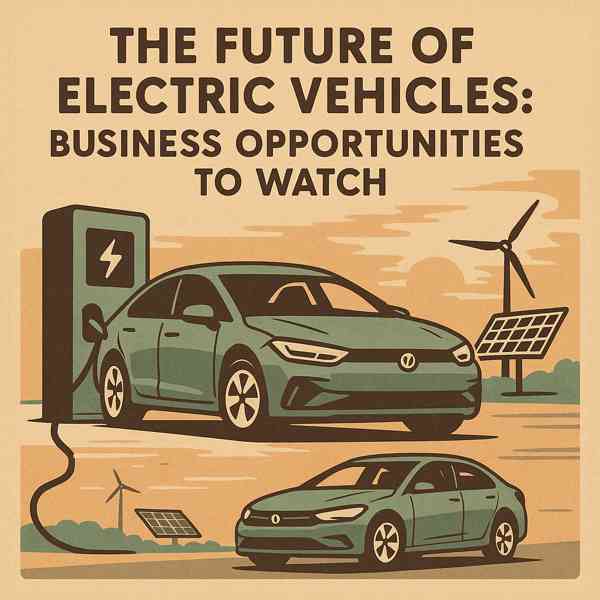How EVs Are Revolutionizing Driving

As the world shifts toward sustainability, electric vehicles offer a eco-conscious solution to our mobility needs.
From compact cars and SUVs to trucks and motorcycles, EVs are available in more models than ever.
Understanding EVs
Unlike gasoline-powered cars, EVs produce zero tailpipe emissions.
Main elements of an electric vehicle:
- Drives the wheels using electricity
- Battery pack
- Power electronics
- Charging system
Electric vehicles come in various types, such as plug-in hybrids (PHEVs)—each with different levels of electrification.
Why Choose an EV?
Whether you're looking to save money or reduce emissions, EVs offer a compelling option.
Major benefits include:
- Reduced maintenance needs
- Helps fight climate change
- Better overall driving comfort
- Financial perks for EV buyers
For eco-conscious and cost-aware drivers, electric vehicles are an increasingly forward-thinking choice.
Limitations to Consider
Understanding the limitations of electric vehicles will help you make an informed decision.
Potential drawbacks to keep in mind:
- Limited driving range
- Charging infrastructure gaps
- Higher initial cost
- Replacement can be costly without warranty
As technology advances and infrastructure improves, many of these challenges are becoming more acceptable.
Exploring EV Variants
Choosing the right type depends on your lifestyle, commute, and charging access.
Main types of EVs include:
- Run only on electricity
- Electric motor with backup gasoline engine
- Self-charges through regenerative braking
- Use hydrogen to generate electricity
Each type has its pros and cons, so buyers should evaluate their needs.
How to Charge Your EV
Charging an electric vehicle is simple once you understand your options.
How EVs get recharged:
- Level 1 Charging
- 240V outlet at home or public stations
- Can charge 80% in under an hour
- Wireless or inductive charging (emerging tech)
As public charging networks expand, EV owners will enjoy even more accessibility and peace of mind.
The Future of Electric Vehicles
Electric vehicles are here to stay.
Trends shaping the future include:
- Higher energy density and faster charging
- Using EVs to support the power grid
- The future of hands-free travel
- Making EVs accessible to all drivers
As innovation continues, EVs will become future of electric vehicles more efficient, affordable, and widespread.
Conclusion
With growing demand and continuous improvement, EVs are becoming a smart option for more drivers every day.
From environmental benefits to cutting-edge tech, electric vehicles offer a exciting alternative to traditional cars.